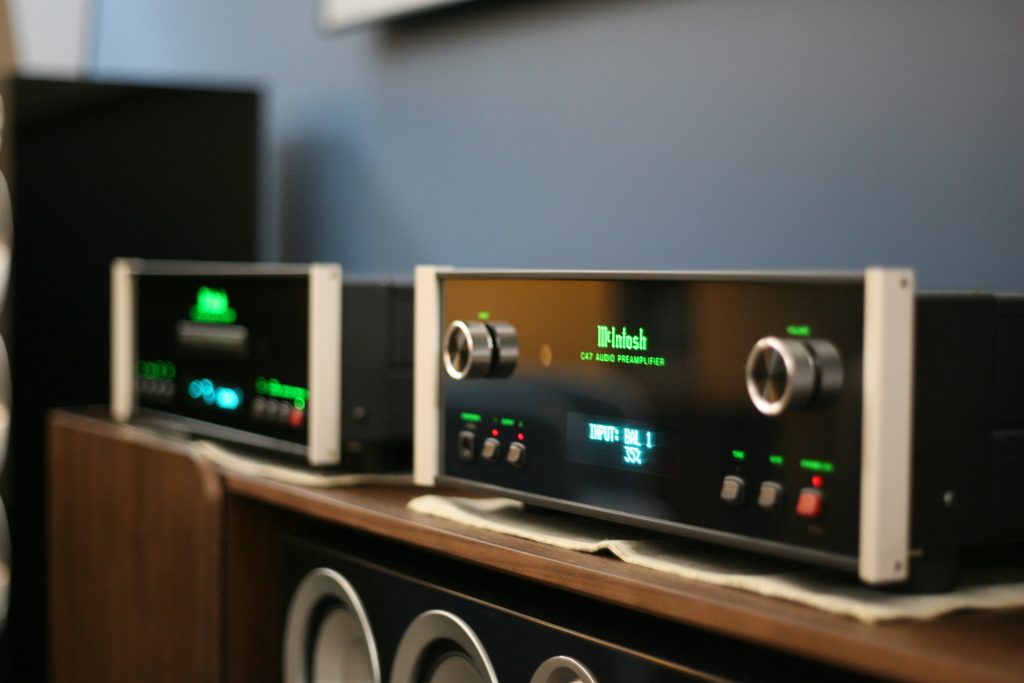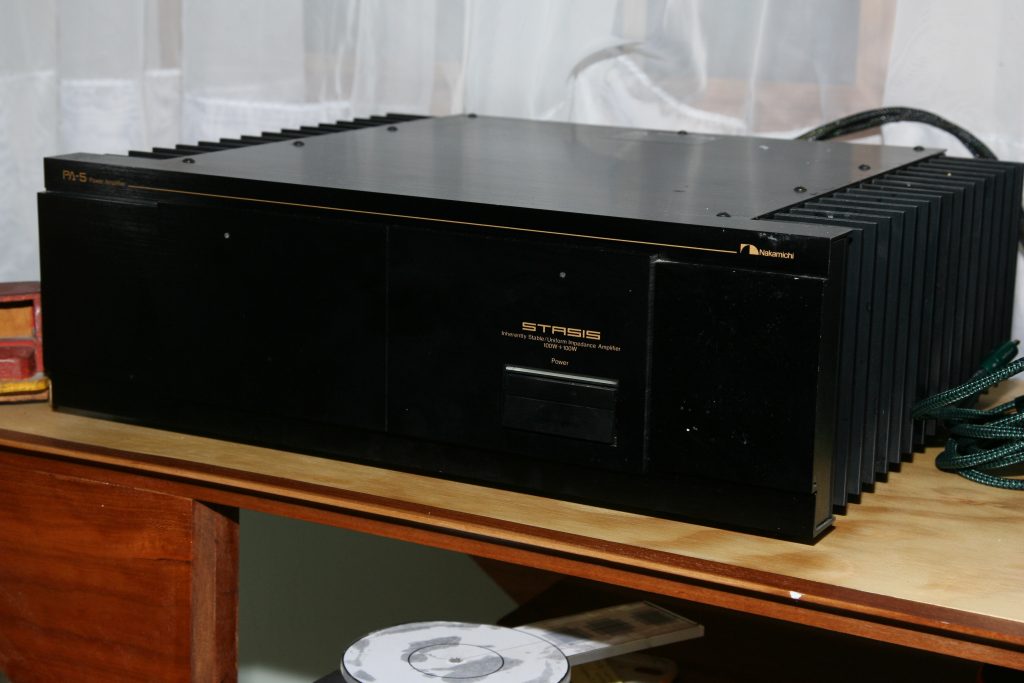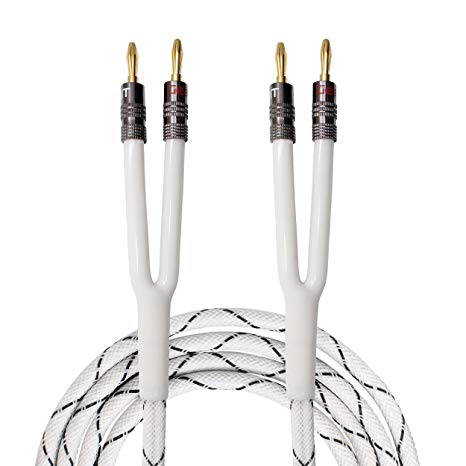Everyone was a beginner to hifi at some point, there is no escaping that. If you find yourself interested in getting into the world of high end audio, known by most of us as Hifi, it is easy to get lost. We have put together a Hifi Guide to help you navigate our world. There are tons options for every component and loads of accessories. Just like any hobby, they are all somehow the best product. Where should someone start, what is the end goal and what should you pay attention to or ignore while getting started.
Step one to getting started in Hifi is to create a budget.
As with most things you have know how much you are willing to spend to get started. Some folks will tell you that you need to spend thousands just to get into the door of the club. That is not necessarily true. While generally speaking better sounding and designed equipment will run you more, there are diminishing returns. If you have a sub 1000 dollar budget I recommend buying used to get started. While my experience is not everyone’s I picked up my first turntable for 10 bucks at a garage sale, my Marantz Processor for 400 from someone I met and so on. My reference system as it sits would have cost many thousands if all bought brand new, but I waited and looked for good used equipment to build it up. While you are in the initial set up and purchasing stage I would urge you to stay away from fancy accessories such as cables, spikes and other add ons. While the debate as to whether any of these things make a difference, it should not be the biggest concern in the beginning. Let’s get into the Hifi Guide with what to look for.
What pieces to buy first?
There is a minimum set of requirements for a sound system of any type. You will need at least the following:
1. A pre amp
2. a power amp
2a. you can buy an intigrated amp to get both a pre and power amp in one.
3. Speakers
4. a music source
5. cables to connect the amps and speakers together
Preamp
Lets start with the Pre Amp, this is where all your sources are fed and processed. If you choose use any room correction software or EQ this is where that happens generally speaking. There are external EQ’s but we won’t get into those or external DACs for our Hifi beginners. There are alot of options for preamps on the market, I recommend looking for the most up to date unit you can find. The preamp tends to be the most feature heavy piece you will need, so you will want something that will support as much modern tech as you can get. Features to look for in a preamp would include Bluetooth connection, streaming options, phono input, as well as other digital or analog inputs. The more input options you have the more it will grow with you rather than you outgrow it and need a replacement soon.

Power Amp
The next piece in the line is the Power Amp. The main thing to keep in mind with a power amp is that it matches up spec wise with the speakers you intend to buy. The characteristics you need to pay attention to are Watts and Ohms. I always recommend you over buy on Wattage. There are two reasons for this, one being that the headroom of extra wattage over what your speakers need means less distortion. The second reason is you have an upgrade path for larger or more power hungry speakers later with out the need to buy another amplifier. The Ohm rating should match your speakers, this will typically be 4, 8, or 16. While there are others these are the most typical. If you buy a amp that is rated for 200 watts at 8ohms and you connect 4 ohm speakers they can draw as much as 400 watts now, which can and most likely will damage your amplifier.

Integrated Amp
An integrated amp is a combination of a Pre and Power Amp into one unit. There are both pros and cons to these types of amplifiers. A few of the pros are that they tend to be less expensive, more compact, and easier for beginners. The biggest cons of Integrated amps are that they tend to be entry level devices which mean they tend not to have the best sound. They also offer on average less power due to having to fit a pre and power amp into one chassis. My biggest recommendation if you go this route is look for a unti with some expandability. Higher end integrated amps will come with pre outs, this will give you the ability to add a power amp later on. This is the exact route I went with as it fit my budget at the time.

Speakers
Speakers more than anything else will influence the end sound of your system. Finding a speaker you love will be the best and longest part of your audiofile journey. One of the best ways to get started is to figure out what sound you like, is it warm, bright, neutral, or what have you. next you can read reviews and get an idea of who makes speakers that sound most like what you want. Now you need to find a dealer where you can go listen to them. Listening to speakers is so important, make sure you actually like what you think you like. Almost every manufacturer of speakers offers their line up in various sizes. Bowers and Wilkins 800 series has floorstanders and bookshelves. Once you have selected the speaker make sure select a size that works in the room you are putting them in. Large speakers in a small space sound no better than small ones in a large space, this is another area where you may find reviews helpful.

Sources
There are a handful of music sources available to you, again all with advantages and disadvantages. The most common ones are Vinyl, CD, and streaming. Which one of these you get into may depend on media you already own. If you have amassed a collection of CD’s or Vinyl you will likely want to get a player for either of those. If you have no physical media I recommend getting started with streaming. It is the easiest and least expensive to set up. You may you find you want to add physical media later on. Some listeners prefer vinyl for the sound, the tactile feel and the immersion in the hobby. Personally I prefer to stream when I am working, when listing purely for listenings sake I prefer vinyl.

Cables
Regardless of much difference they do or do not make there is no way around needing cables to connect devices. Almost all systems require some type of cable somewhere. I tend to recommend getting decent cables no matter your budget. They look and feel nicer and tend to have better terminations on them. For RCA analog cables I use Audioquest Evergreens and like them quite a bit. They are not crazy expensive but are of good quality build. I have had cheap cables in the past tarnish on the connections and that seems to be the biggest issue going to cheap. I have had speaker wire tarnish as well on cheap standard wire. I now use Gear It cables with banana plugs which cost around 30 bucks a pair at 10 feet. If you have the money feel free to spend more on higher end cables.

Putting your Hifi System together
There is a synergy to putting a great system together. It does not have to be perfect by any means but the more you delve into the hobby the more you may find certain components play better together than others. Certain amps may compliment a speaker more than others. Not everyone has the privilege of trying a bunch of components together. You do have the advantage of the experience of the internet combined as well as your local audio store. I highly recommend researching products, reading reviews and asking the various communities questions before you start spending your money. The combined experiences of others can save you money and frustration, the only thing you may want to watch is asking a group of audiophiles about cables, they get a bit testy. I have placed some links below to our budget buyers guides, each at a different tier.
We hope our beginners hifi guide helps, and we will continue to build on this and offer other guides as well.

